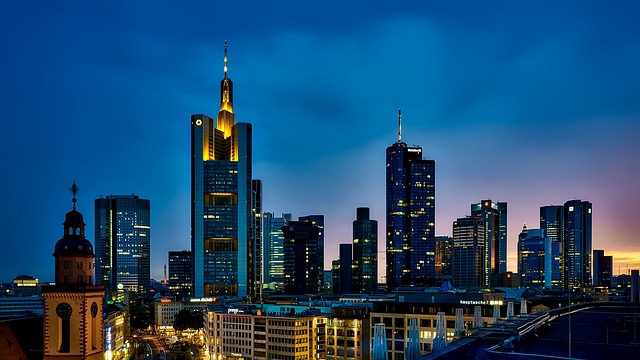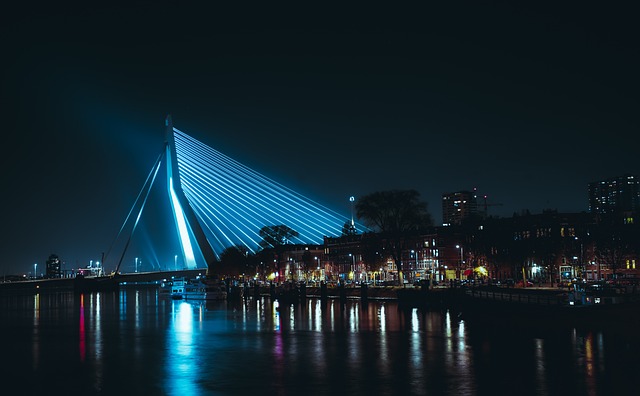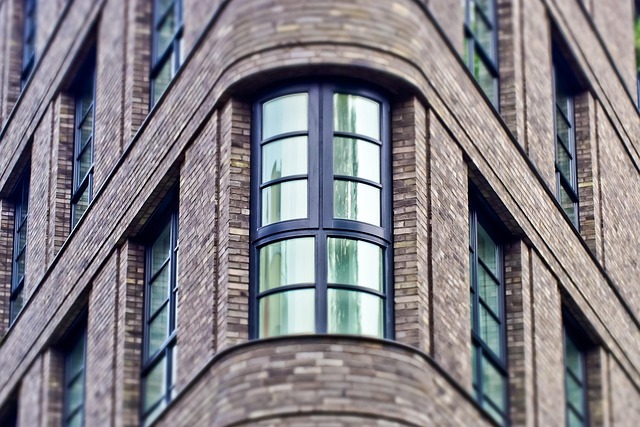Gentrification dramatically shifts real estate dynamics, causing quick home value appreciation due to affluent residents' influx and increased demand. While this benefits homeowners, it may displace long-time residents through rising rental costs and property taxes, impacting diverse communities. Investors can capitalize by strategically purchasing undervalued properties early, renovating them, and contributing to area revitalization for significant profits while navigating local trends.
Gentrification, a powerful force reshaping urban landscapes, drives property values higher at an impressive pace. This phenomenon, characterized by the influx of affluent residents and the renovation of aging neighborhoods, presents both opportunities and challenges for real estate investors. Understanding gentrification’s impact is crucial for navigating this dynamic market. In this article, we explore its effects on property values, dissect the positive and negative consequences, and equip real estate investors with strategies to thrive in gentrifying areas.
Understanding Gentrification and Its Impact on Property Values
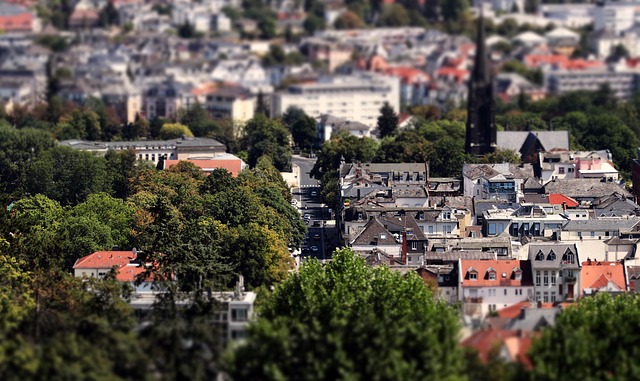
Gentrification, a process where neighborhoods experience a shift in demographics and economic status, significantly influences real estate dynamics. It often begins with an influx of affluent residents who drive up property demand. As a result, home values escalate rapidly due to increased competition for limited housing stock. This trend can transform once-affordable areas into coveted real estate, attracting investors and developers.
The impact on local communities is multifaceted. While higher property values may benefit homeowners, it can also lead to rising rental costs and potential displacement of long-time residents who cannot keep up with the changing economic landscape. Understanding these dynamics is crucial for both real estate professionals and urban planners to navigate the challenges and opportunities presented by gentrification.
The Positive and Negative Effects of Quick Value Appreciation

Quick property value appreciation, often a result of gentrification, can have both beneficial and detrimental effects on real estate markets. On one hand, it brings substantial financial gains for existing property owners, allowing them to sell at higher prices or achieve significant equity. This surge in values also encourages investment, attracting developers and new residents alike. Gentrified areas often witness an influx of improved amenities, better infrastructure, and increased safety, enhancing the overall quality of life for long-term residents.
However, rapid value appreciation can create challenges. Long-time residents who cannot afford the rising costs may face displacement, leading to a loss of diverse communities and cultural heritage. The increased property taxes and rental pressures resulting from gentrification can burden low- and middle-income families, exacerbating existing economic inequalities. Moreover, speculative investment in real estate can lead to overpricing, making it difficult for new buyers to enter the market and potentially creating a bubble.
Strategies for Real Estate Investors in Gentrifying Areas
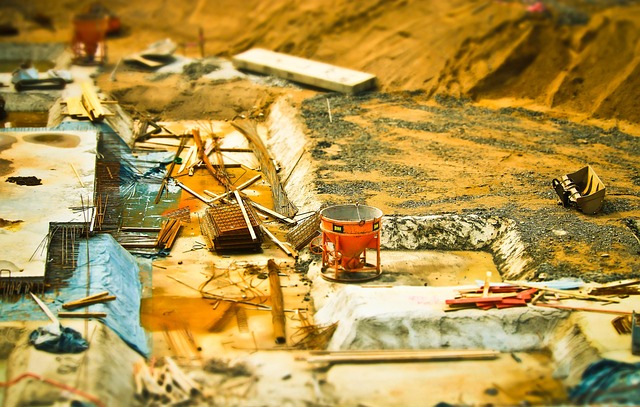
When areas experience gentrification, real estate investors can capitalize on this trend by adopting strategic approaches. The key lies in anticipating the shift early and purchasing properties at relatively lower prices before values surge. Investing in undervalued neighborhoods allows for significant profit margins once gentrification gains momentum.
Additionally, these investors should focus on renovating and revitalizing existing structures to increase their market appeal. By improving the overall area’s livability, they contribute to the ongoing transformation while enhancing property values. This strategy requires a deep understanding of local markets and trends, enabling investors to make informed decisions that align with the changing dynamics of gentrifying regions.


